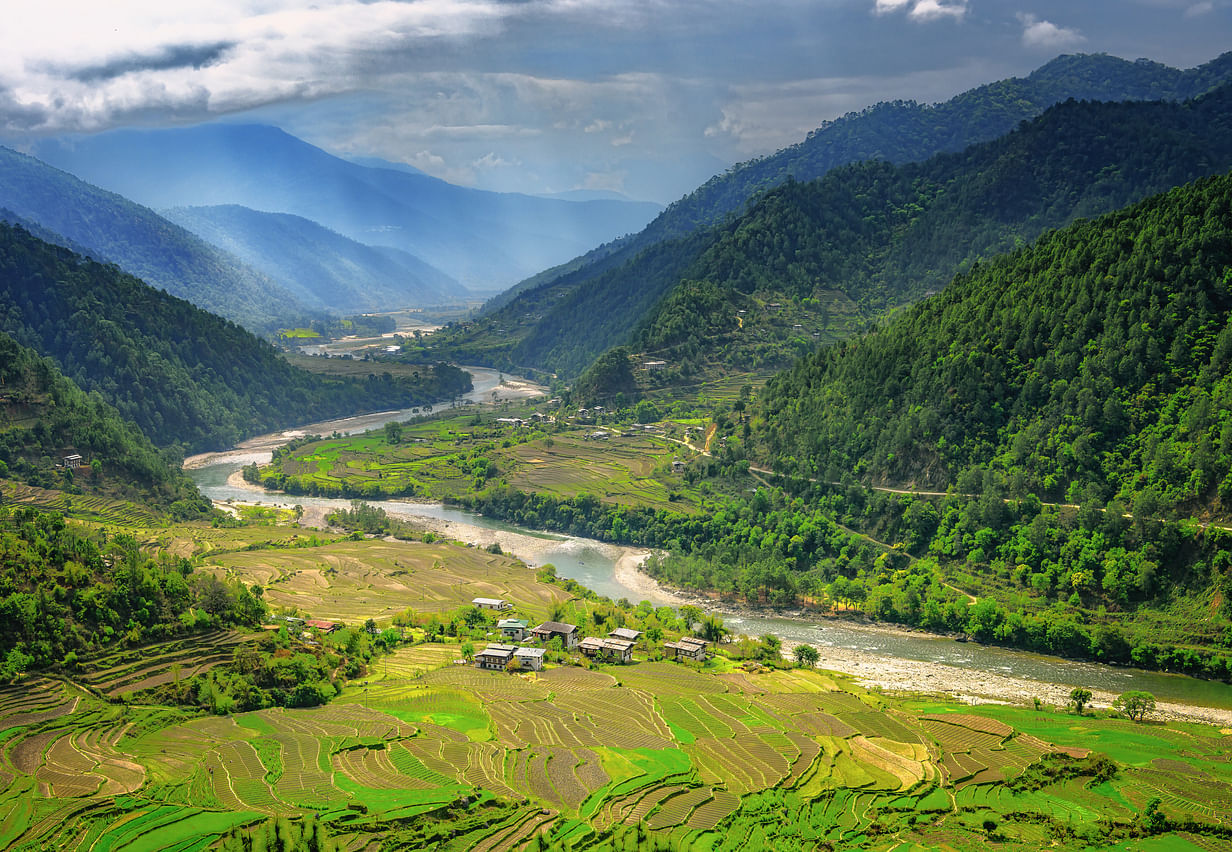
India is likely to once again nudge a hitherto dilly-dallying Bhutan to allow construction of a strategic road through its “Yeti Territory” – in the wake of China’s new claim on the eastern region of the tiny Himalayan Shangri-La.
The proposed road will lessen the distance between Guwahati in Assam and Tawang near India-China disputed boundary in Arunachal Pradesh by 150 kilometres. It will shorten the travel time from 15 hours at present to approximately 9-10 hours. Once the new road is built, New Delhi will be able to mobilize troops faster to respond to China’s military moves, not only across its disputed boundary with India in Arunachal Pradesh, but also towards the eastern region of Bhutan.
The road was conceived long back, and India proposed that its Border Roads Organization (BRO) would lay the stretch in Bhutan.
The project, however, has not taken off yet, as Thimphu has been dilly-dallying on it. New Delhi is now dusting off the proposal in the wake of China’s renewed aggression along its disputed boundary with India and its new territorial claim in far eastern Bhutan.
“India and Bhutan have shared security interests,” a source in New Delhi said, adding that China’s new claim on far-eastern Bhutan was clearly linked to its claim on 90000 sq kms of territory in Arunachal Pradesh of India. “Thimphu will hopefully soon realize how important it is to build the road, not only for India, but also for Bhutan.”
Beijing has of late sought to block funding by an international agency for the Sakteng Wildlife Sanctuary in far eastern Bhutan. It argued that the sanctuary as well as the areas around it were parts of the disputed territory on the China-Bhutan boundary. Thimphu dismissed Beijing’s new claim, stating that the territorial dispute between Bhutan and China was limited only to 269 sq kms of areas in western sector and 495 sq kms of areas in the north-central sector of the boundary between the two nations. It argued that no part of its territory in eastern sector was ever on the agenda of its boundary negotiation with the communist country.
The Sakteng Wildlife Sanctuary in Trashigang District in far-eastern Bhutan and the areas around it have traditionally been believed to be home to elusive ‘Yeti’ – or ‘Migoi’ in Bhutanese. The area is also home to a dwindling population of the Brokpas – reclusive, semi-nomadic yak herding tribespeople, who had been preserving a unique pastoral culture and lifestyle in isolation ever since their ancestors migrated from Tibet sometime in 14th century.
The proposed road will connect Lumla near Tawang in Arunachal Pradesh with Trashigang in Bhutan. This will make it easier to travel from Guwahati via Samdrup Jongkhar and Trashigang in Bhutan to the tiny nation’s border with China and India as well as closer to the McMahon Line – the de facto boundary between India and China in the eastern sector.
Bhutan has so far been avoiding taking a call on the proposed road – apparently not only to protect the pristine and fragile ecology of the Himalayan Shangri La and the unique cultural heritage of its pastoral community from external influences, but also to avoid irking Beijing and being caught between India and China.
New Delhi, however, has underlined in its recent engagements with Thimphu that China’s bid to change the status quo along its disputed boundary with India, its new territorial claim in eastern Bhutan and its aggression in South China Sea, East China Sea and Taiwan Strait exposed its expansionist intentions. “We hope that Bhutan will take note of what China is doing and act accordingly,” another source in New Delhi told the DH.
